- July 17, 2025
- 9:49 pm
The year 2025 is shaping up to be a remarkable year in the field of technology, with new innovations rapidly transforming our lives. It has changed how we live, work, and interact. From artificial intelligence to quantum computing, the digital field is buzzing with new possibilities. In this blog, we’ll explore the top technology trends of 2025, highlighting how they’re reshaping industries and daily life.
1. Generative AI
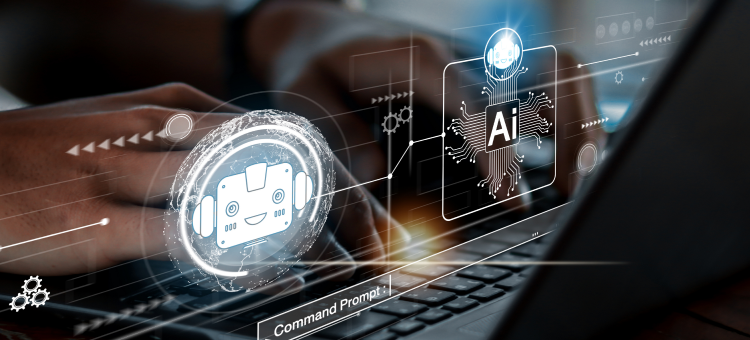
Generative AI refers to a type of artificial intelligence that can create new content i.e. text, images, audio and video, by analysing existing data. This capability allows generative AI to be applies in various fields like art, entertainment and technology and problem solving. Businesses are using these tools for content creation, design automation, and personalized customer experiences. The integration of multimodal AI systems—which can process text, images, and audio together—means more intuitive and human-like interactions than ever before.
2. Quantum Computing:

Quantum computing is a new type of computation that uses the principles of quantum mechanics to solve complex problems that are hard to solve by traditional computers. It utilizes quantum phenomena like superposition and entanglement to perform calculations in a totally different way than traditional computers. Industries like cryptography, drug discovery, and financial modelling are being transformed by quantum breakthroughs. While still in its early stages, quantum computing’s potential for exponential speed and power is attracting major investments and sparking new startups worldwide.
3. 5G and 6G Connectivity:
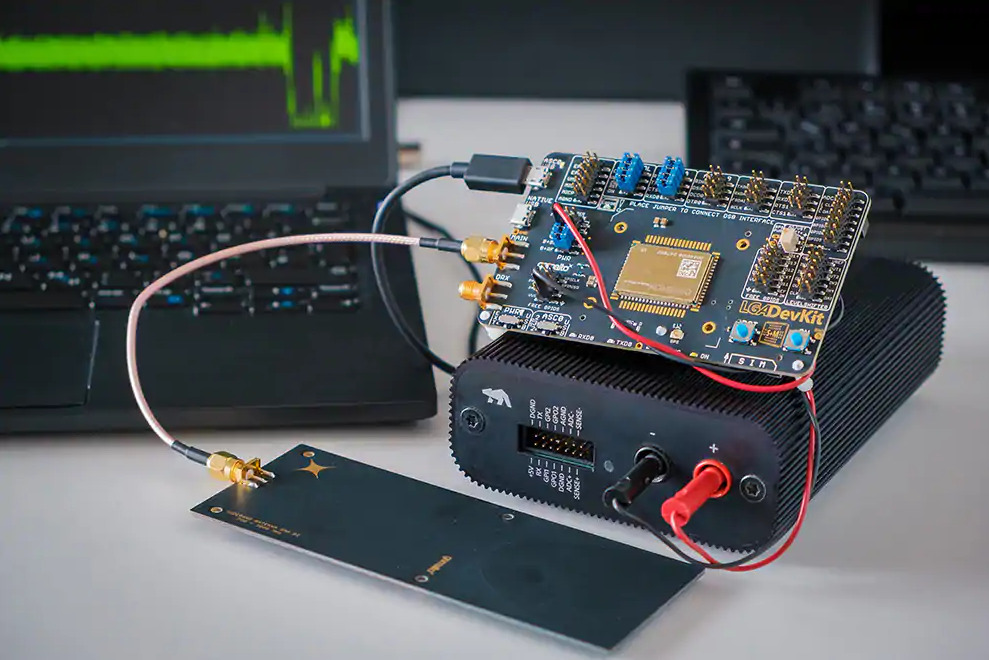
The 5G and 6G represent the fifth and sixth generations of wireless technology, respectively. 5G offers peak data rates of up to 20 Gbps, with average speeds significantly faster than 4G. 6G is projected to achieve speeds up to 1Tbps, significantly faster than 5G. While 5G expansion continues to roll out globally, bringing lightning-fast speeds, ultra-low latency, and massive device connectivity, 2025 is also the dawn of 6G research, promising even greater bandwidth and real-time responsiveness. These networks are the backbone for innovations like the Internet of Things (IoT), autonomous vehicles, and smart cities. Seamless connectivity is driving a new era of digital experiences, from immersive gaming to telemedicine and remote work.
4. Immersive Technology
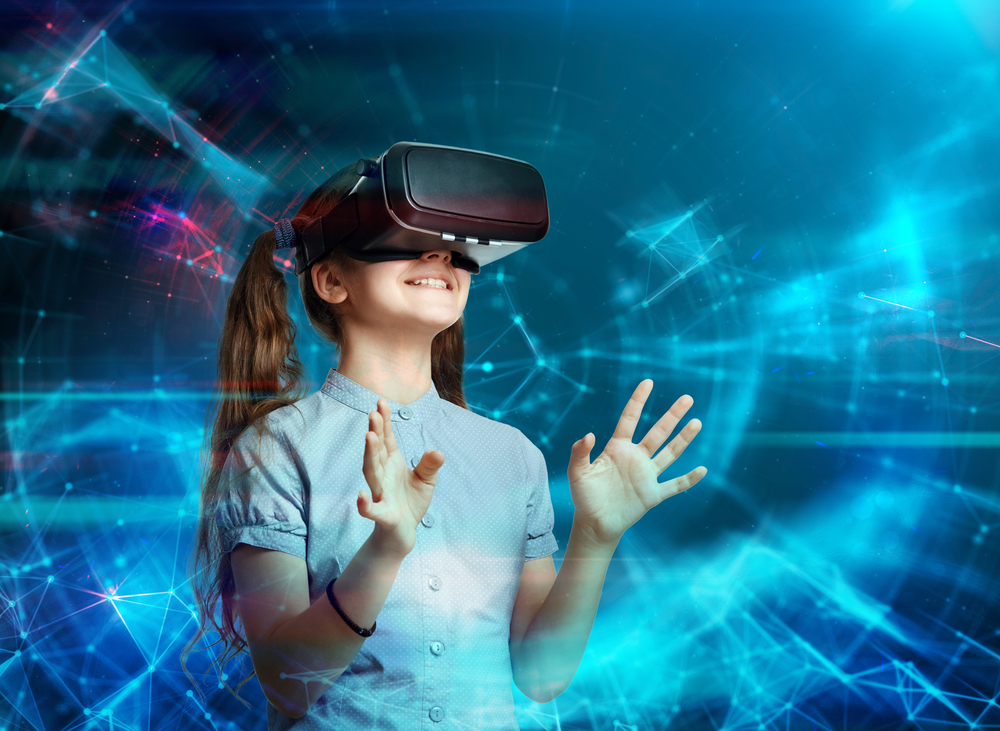
Immersive technologies refer to digital experience that blends the real and virtual worlds, creating a sense of presence and engagement for the user. It is composed of technologies such as Virtual Reality (VR), Augmented Reality, and Mixed Reality (MR). These technologies allow users to interact with simulated environments and objects as if they were real. This technology provides a more interactive and engaging experience compared to traditional screen-based interactions. These technologies are being used extensively in gaming, education, healthcare, and retail. In 2025, lighter headsets, improved motion tracking, and AR smart glasses are making these tools accessible to everyone. Imagine shopping with virtual try-ons, practicing surgery in a simulated environment, or attending meetings in a digital twin of your office.
5. AI in Cybersecurity:
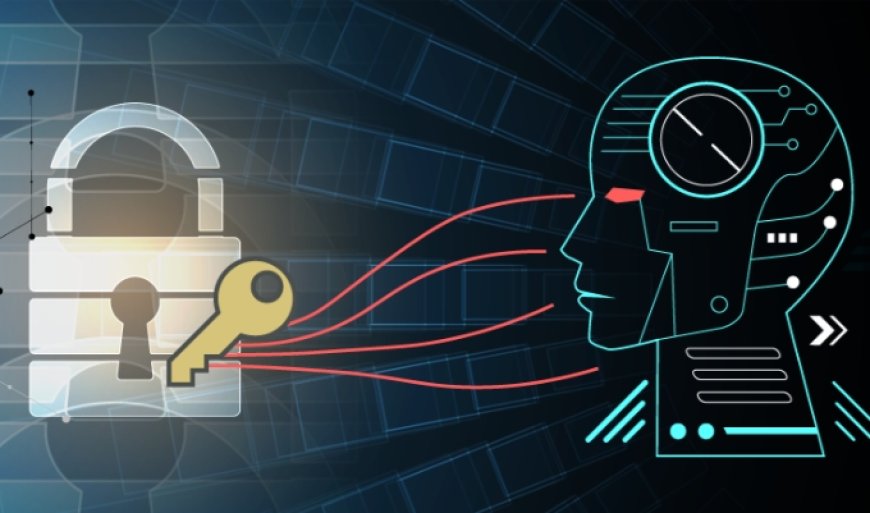
With more devices and data online, cybersecurity has become the most challenging task before modern technology professionals.AI in cybersecurity enhances threat detection, response and overall security posture by analysing vast amounts of data, identifying patterns, and automating tasks. AI algorithm can analyse network traffic and user behaviour to identify unusual patterns and potential threats that traditional security tools might miss. AI-powered security systems are now essential for detecting and responding to sophisticated cyberattacks. As cybercriminals have now adopted AI, defenders must stay one step ahead, making cybersecurity a top priority for organizations of all sizes.
6. Edge Computing:

The expansion of IoT devices and real-time applications have necessitated a new approach to data processing. Enter edge computing—which is a distributed computing framework where data processing and storage are brought closer to the physical location where data is generated. By processing data closer to the source , edge computing minimises the distance data needs to travel, leading to faster processing. This reduces latency, saves bandwidth, and enables instant decision-making for applications like autonomous vehicles, industrial automation, and smart homes. In 2025, edge computing is a must-have for businesses seeking speed and efficiency.
7. Biotechnology and Personalized Medicine

Biotechnology has significantly impacted personalized medicine by providing tools and techniques to tailormade treatments to individual patients based on their unique genetic makeup, lifestyle, and environment. This approach also known as precision medicine, improves treatment effectiveness, minimize side effects, and improves final outcome. Wearable health monitors, AI-powered diagnostics, and gene editing technologies are making healthcare more proactive and precise.
In agriculture biotechnology has developed regenerative medicine approaches, such as stem cell therapies and tissue engineering, which repairs damaged tissues and organs and contributes to the growth agricultural production.
8. Sustainable and Green Technologies
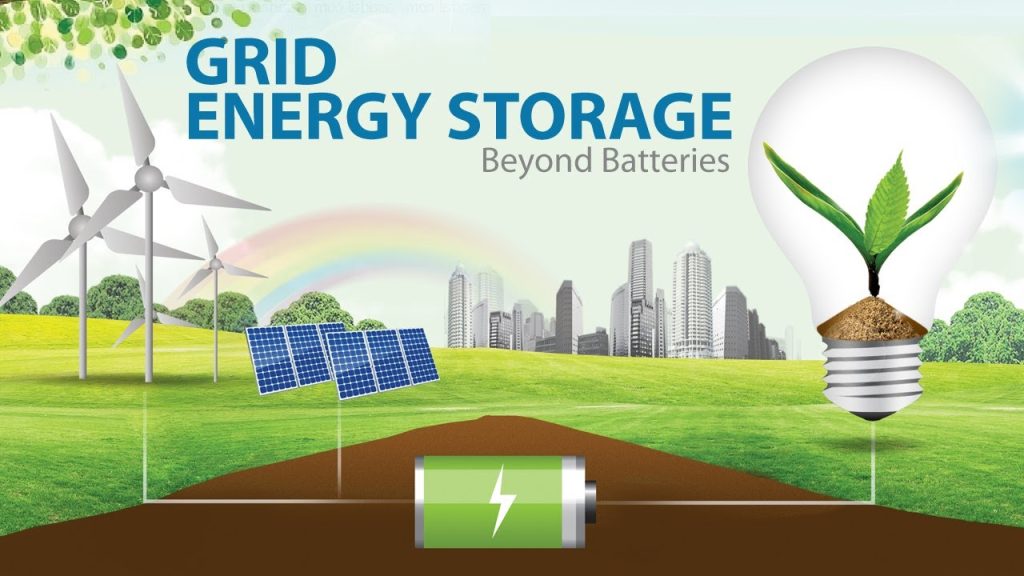
Sustainable and green technologies comprise a wide range of innovations focused on minimising environmental impact and promoting resource efficiency. As climate change concerns intensify, sustainable technology is at the forefront of Innovations in green energy, smart grids, and energy-efficient devices, which are helping reduce carbon emissions. Companies are investing in renewable energy, electric vehicles, and circular economy solutions. In 2025, sustainability isn’t just a trend—it’s a business imperative.
9. Autonomous Machines and Robotics

Autonomous machines or robot uses sophisticated set of sensors, artificial intelligence, machine learning, and computing to plan its work and adjust with the environment. These machines are reshaping industries from manufacturing to healthcare. These robots can perform multiple tasks, adapt to new environments, and work alongside humans. Advances in AI, sensors, and mobility are making robots more capable and affordable, accelerating automation across the board.
10. Digital Twins and Spatial Computing

Digital twins and spatial computing are converging to create more immersive and interactive digital representation of the real world. Spatial computing, which blends digital and physical worlds, provides the context and environment for digital twins to function. These technologies enable real-time simulation, monitoring, and optimization. From smart cities to manufacturing, digital twins are driving efficiency and innovation.
11. Neuromorphic Computing and Brain-Tech
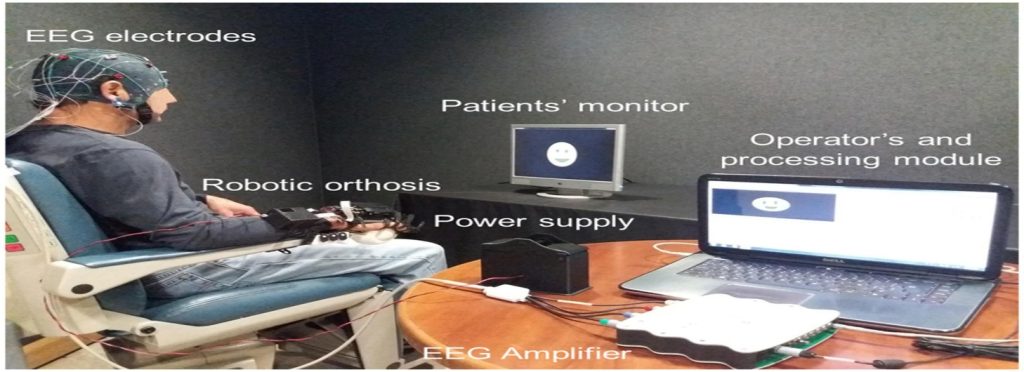
Inspired by the human brain, neuromorphic computing is a novel approach to computation that creates chips that process information more efficiently for AI tasks. Brain-Tech refers to technologies that directly interact with or are inspired by the brain. Brain-computer interfaces are advancing, enabling new ways for humans to interact with machines, potentially revolutionizing accessibility, gaming, and even marketing. CTH
12. Blockchain and Decentralized Technologies
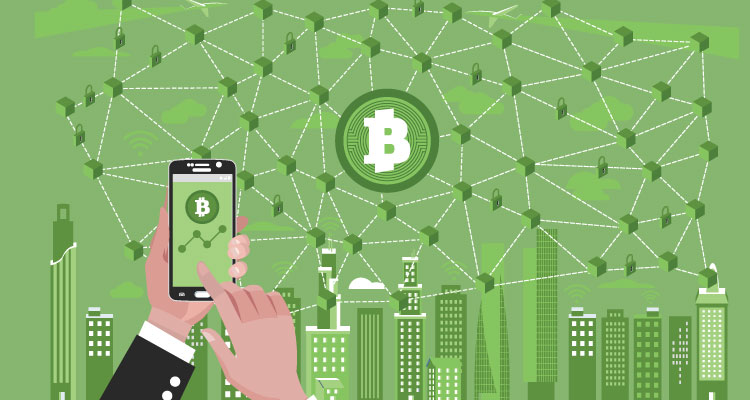
Blockchain technology is an advanced database mechanism that allows transparent information sharing within a business network. Blockchain technology is evolving beyond cryptocurrency, powering secure transactions, supply chain transparency, and decentralized applications. In 2025, blockchain is a foundation for digital identity, smart contracts, and even voting systems. Blockchain can track goods from origin to consumer, ensuring transparency and accountability.
Decentralized technologies involve distributing control and decision making away from a central authority to a network of participants. This approach can lead to increased transparency, security, and resilience compared to centralized systems. Examples of decentralized technologies include blockchain, decentralized applications(dApps), and decentralized finance (DeFi).
13. Voice-Activated and Conversational Interfaces
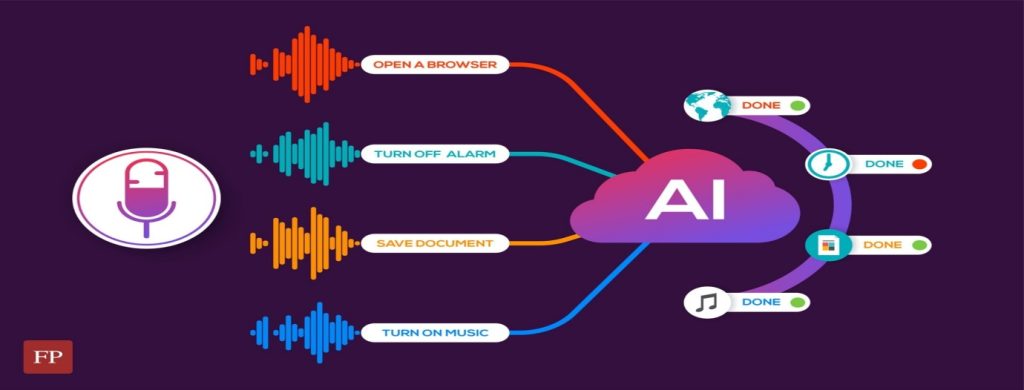
Voice search and conversational interfaces allow users to interact with technology using natural language. These interfaces are often powered by AI and NLP. It aims to make interactions more user -friendly, like a natural conversation between two people. From smart speakers to virtual assistants, voice-activated tech is streamlining daily tasks, customer service, and accessibility for all users. In 2025, we can expect natural language interfaces to be everywhere—from our car to our washing machine.
Final Thoughts
2025 is a year where technology is not moving, but running by leaps and bounds. The convergence of AI, quantum computing, immersive experiences, and sustainable solutions is reshaping every aspect of our life. Staying informed and adaptation is key, whether we’re a tech professional, entrepreneur, or simply a digital citizen. We should be prepared to embrace these trends, experiment with new tools, and be part of the transformation. The future is happening now we have to be ready to lead the change?
Feature Post
Popular Post
Browse Category
Subscribe News Letter